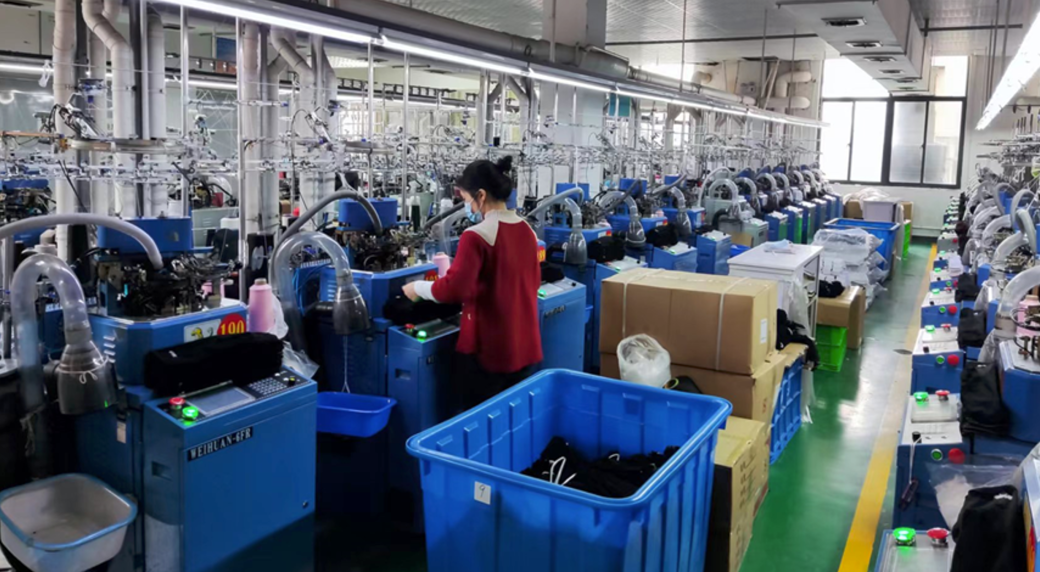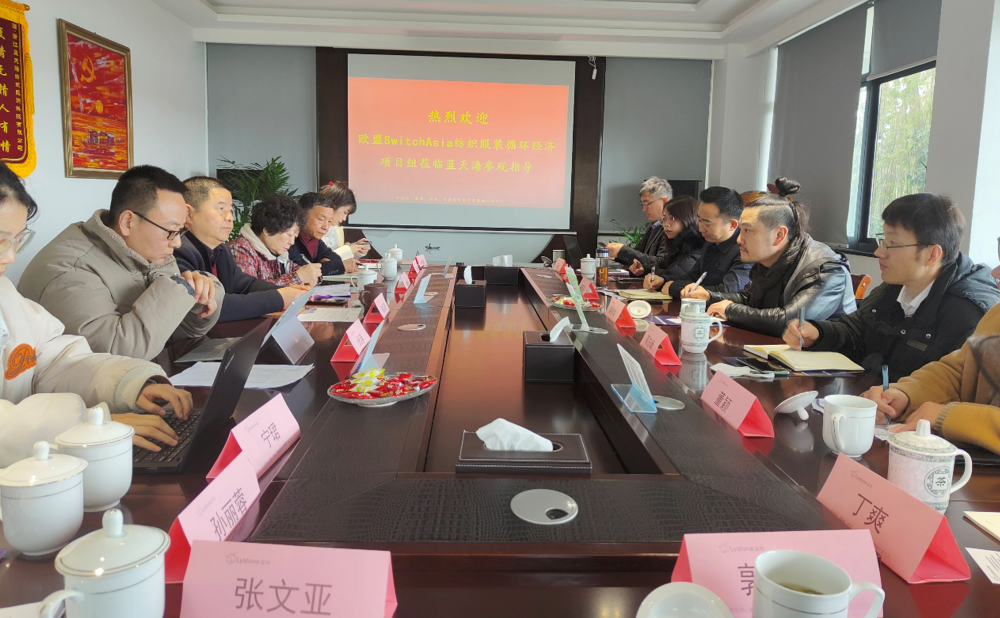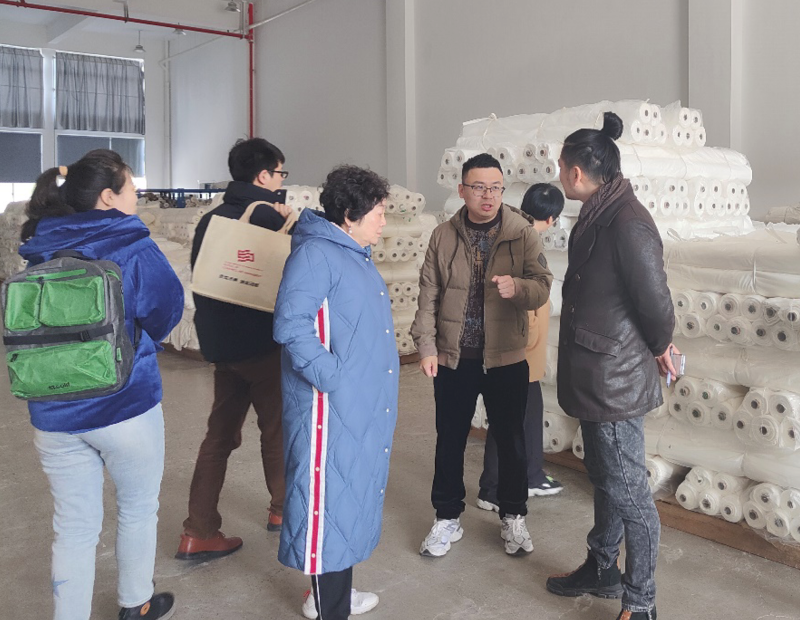
The textile and garments sector has contributed significantly towards the global economy as it is valued over USD 1.7 trillion and employs more than 300 million people. Despite its economic benefits, the sector is far from being sustainable. Countries are faced with the challenge of addressing the socio-economic, health, and environmental impacts across the garments sector value chain.
Production of garments takes place to a large extent in Asia – accounting for over 50% of the world’s supply of fibres and fabrics – while much of consumption takes place in Europe and the US, with an increasing share of the middle class in other regions of the world.
Asia remains relevant for EU countries in addressing the challenge of making the EU’s textiles industry sustainable as it is the fourth largest cause of environmental pressures after food, housing, and transport. Much of this impact is attributed to a large portion of the textiles consumed in Europe, which are produced elsewhere in the world, mostly in Asia. On the other hand, impacts related to the use and disposal of garments are largely generated in Europe. Overproduction and the phenomenon of fast fashion are exacerbating the environmental impacts of this sector which is responsible for about 10% of global CO2 emissions.
Europe plays an important role to support the Asia’s garment industry to shift towards SCP and a more responsible and circular economy approach. Initiatives such as the EU funded SWITCH-Asia project Transition to circular economy practices in textile and apparel MSMEs along the lifecycle in Huzhou and Shaoxing are playing a key role in building more resilient and sustainable garment supply chains. Implemented by the China Institute of Standardization, China Textile Development Center, ICLEI-Local Governments for Sustainablity and MedWaves, the UNEP/MAP Regional Activity Centre for SCP, the project was launched in June 2022 to promote the transition to circular economy development in the textile and apparel industry in Huzhou and Shaoxing, China by 2025.
From 21-24 February 2023, a joint research team composed of staff from the China Textile Development Center and China Institute of Standardization visited textile and apparel MSMEs in Huzhou and Zhuji (the country-level city of Shaoxing), in Zhejiang Province and carried out the first field survey on the status of circular development.



While Huzhou hosts the largest and most closely coordinated children's clothing industry cluster in China, Zhuji is positioned as the global centre for the hosiery industry. Zhuji’s hosiery output accounts for 70% in China and 30% in the world. The field survey helped the research team to have an in-depth understanding of the local textile and apparel industry and has built a firm basis for the material flow assessment (MFA) and value chain analysis (VCA) that will be carried out later in the project’s implementation, alongside a large-scale baseline investigation.
The research team also visited eight MSMEs and introduced the circular economy concept, overall project implementation plan and trends in the textile industry based on the 3Rs principles (reduce, reuse and recycle). Representatives of the enterprises shared the status of their production and circular development.
Moreover, a roundtable consultation was conducted with project stakeholders including the Huzhou Institute of Standardization, Huzhou Garment Chamber of Commerce, Zhuji Municipal Bureau of Economic and Information, Zhuji Hosiery Industry Association and Datang Sub-district Office, to discuss the development status of the local industrial textile clusters, ongoing challenges of sustainable development infrastructure, and next steps in project implementation.


